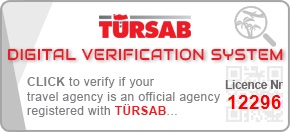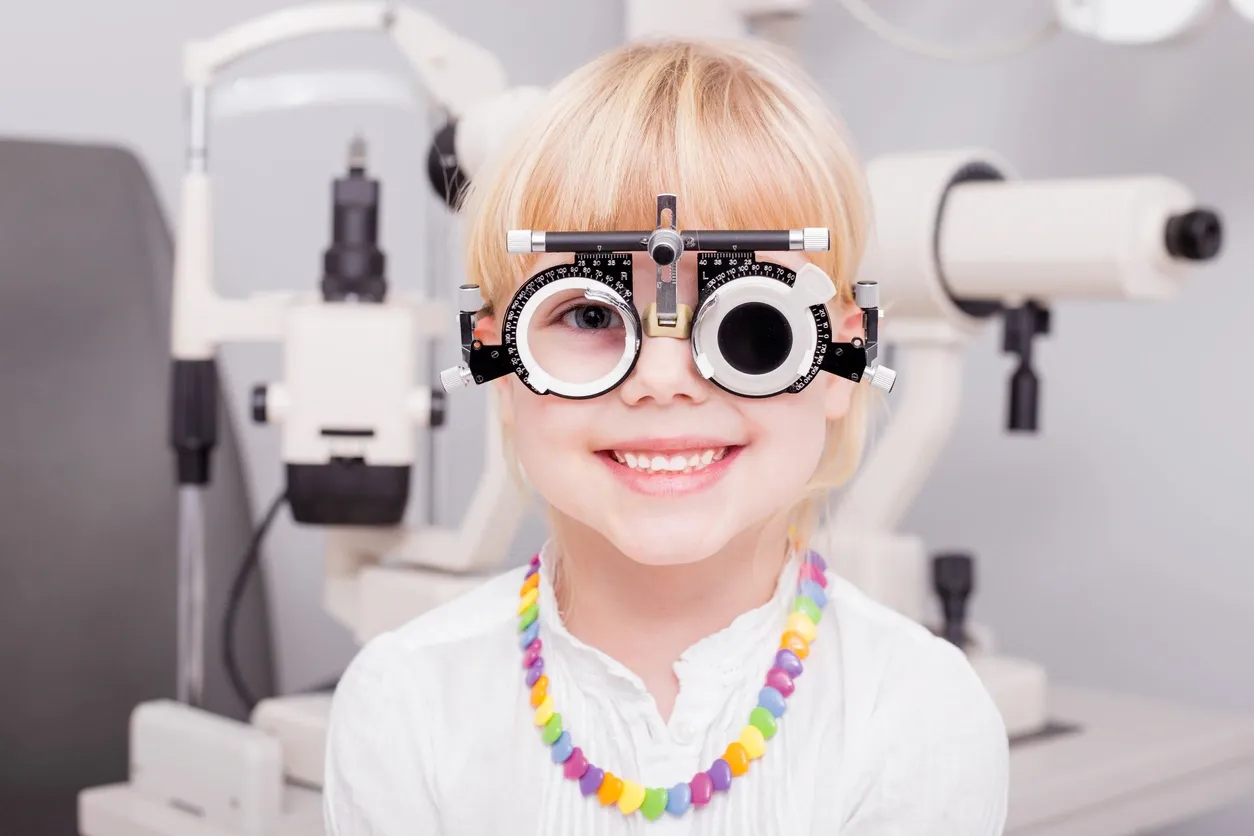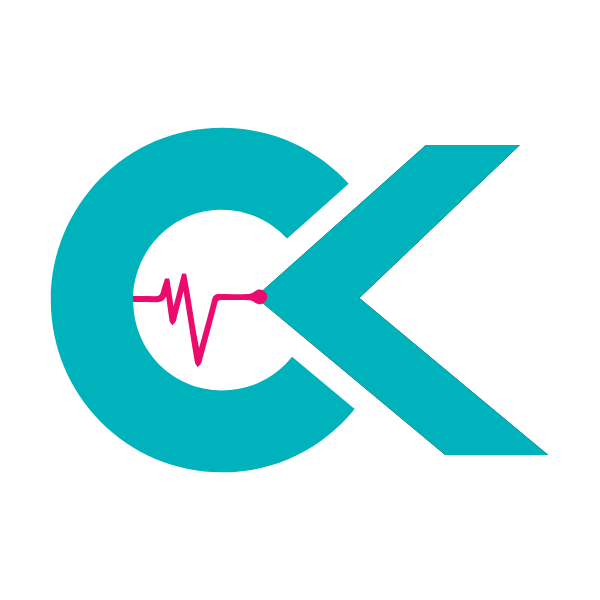Understanding Pediatric Astigmatism: Early Detection & Laser Options
When it comes to our children’s health, vision is paramount. However, concerns about their eyesight can often be overshadowed by more immediate health issues. One such condition, pediatric astigmatism early detection & laser options are crucial for ensuring a child develops clear vision. This common refractive error, if left unaddressed, can significantly impact a child’s learning, development, and overall quality of life. Many parents in the United Kingdom face the dilemma of seeking advanced and affordable eye care solutions, often comparing domestic options with those available internationally.
Table of Contents
What is Pediatric Astigmatism?
Astigmatism occurs when the cornea, the clear front surface of the eye, or the lens inside the eye, has an irregular shape. Instead of being perfectly round like a basketball, it is shaped more like a football or the back of a spoon. This irregular curvature causes light entering the eye to focus on multiple points instead of a single sharp point on the retina, resulting in blurred or distorted vision at all distances. In children, this can manifest as squinting to see, holding books very close, frequent headaches, or difficulty with visual tasks in school.
Why Early Detection is Critical
The visual system in children is still developing, making the early years a critical window for intervention. Undetected or untreated astigmatism can lead to amblyopia, often referred to as ‘lazy eye’. This occurs when the brain begins to favour the eye with clearer vision, effectively ignoring the input from the eye with poorer vision. If amblyopia is not treated during this critical developmental period, the reduced vision in the affected eye can become permanent, even if the underlying refractive error is later corrected.
Early detection allows for timely management, which is key to preventing the development of amblyopia and ensuring the child develops optimal visual acuity. Routine eye examinations, starting from infancy, are the cornerstone of pediatric astigmatism early detection & laser options.
The Diagnostic Process for Pediatric Astigmatism
Identifying astigmatism in young children requires specific approaches, as they may not be able to articulate their symptoms clearly. Pediatric eye care professionals employ a range of sophisticated diagnostic tools and techniques.
Comprehensive Eye Examinations
Regular check-ups are vital. These examinations typically begin shortly after birth and continue through childhood and adolescence. Pediatric optometrists and ophthalmologists use specialized equipment to assess a child’s vision, eye alignment, and overall eye health.
Key Diagnostic Tools
- Autorefractor: This device measures the eye’s refractive error by shining a light into the eye and analysing how it reflects. It provides an objective estimate of refractive error, including astigmatism.
- Retinoscopy: A handheld device is used to shine light into the child’s eye and observe the reflection from the retina. By moving a special lens in front of the eye, the examiner can determine the prescription needed to achieve clear focus.
- Subjective Refraction: Once objective measurements are obtained, the child is asked to look through a device called a phoropter, which contains a series of lenses. They are presented with different lens combinations, and they indicate which provides the clearest vision. For very young children or those who struggle to communicate, this may involve observational techniques.
- Visual Acuity Tests: Standard charts are used to measure how well a child can see at various distances. For very young children, specialized charts with pictures or symbols are employed.
Recognizing Symptoms
While professional examinations are key, parents can also be vigilant for signs such as:
- Frequent squinting or blinking
- Holding objects very close to the face
- Complaining of headaches or eye strain
- Difficulty seeing the board at school
- Appearing clumsy or having trouble with sports requiring good vision
Treatment Modalities for Pediatric Astigmatism
Once diagnosed, astigmatism can be managed through various methods, tailored to the child’s age, the severity of the condition, and their specific needs. While glasses and contact lenses are the most common treatments, advancements in laser technology are also becoming increasingly relevant.
Eyeglasses and Contact Lenses
For mild to moderate cases of astigmatism, eyeglasses are typically the first line of treatment. Specially designed lenses, known as toric lenses, can correct the irregular shape of the cornea or lens, allowing light to focus properly on the retina. Contact lenses, including toric soft lenses and rigid gas permeable lenses, also offer effective correction for many children.
Amblyopia Treatment
If amblyopia has developed, treatment focuses on strengthening the weaker eye. This commonly involves patching the stronger eye for a prescribed number of hours each day, forcing the brain to rely on and develop the weaker eye. Eye drops that blur vision or vision therapy exercises may also be used.
Laser Vision Correction
Laser eye surgery, such as LASIK or PRK, has traditionally been reserved for adults due to the need for a stable prescription and the complexities of performing the procedure on a developing eye. However, advancements in technology and surgical techniques are opening new avenues. For children who may not tolerate glasses or contact lenses, or for older adolescents with stable prescriptions, laser options are being explored more rigorously.
One such approach involves the use of excimer lasers, which can precisely reshape the cornea to correct refractive errors. Procedures like Excimer Laser in Turkey are highly effective for correcting astigmatism. While less common in very young children, for carefully selected older pediatric and adolescent patients with stable vision, laser surgery offers a permanent solution, significantly improving visual acuity and reducing dependence on corrective eyewear. The benefits of refractive surgery, including the use of excimer lasers, are being explored more deeply as technology advances, offering potential for a range of patients seeking vision correction. Exploring Refractive Surgery: Excimer Laser Benefits Explored can provide further insight into these advanced techniques.
Comparing Eye Care: UK vs. Turkey
When considering advanced treatments like laser eye surgery for pediatric astigmatism, families often weigh the options available in their home country against those offered abroad. Turkey has emerged as a prominent destination for medical tourism, offering competitive pricing and high-quality eye care services.
Cost Considerations
The cost of eye care, particularly specialized procedures, can be a significant factor. In the UK, NHS services cover essential eye tests and treatments for children, but access to the latest laser procedures might involve private healthcare costs, which can be substantial. International destinations like Turkey often provide these advanced treatments at a fraction of the cost.
For context, here’s a general price comparison for common eye procedures. While pediatric laser correction is less common and prices vary widely, these figures highlight the general cost differences:
| Service | Turkey Price (Approx.) | UK Price (Approx.) |
|---|---|---|
| LASIK Surgery (Bilateral) | $2,000 – $3,500 USD | $4,000 – $7,000 GBP |
| PRK Surgery (Bilateral) | $1,800 – $3,000 USD | $3,500 – $6,000 GBP |
| Comprehensive Eye Exam | $50 – $100 USD | $60 – $120 GBP |
| Toric Contact Lenses (1yr) | $200 – $400 USD | $300 – $600 GBP |
| Glasses (High Prescription) | $150 – $300 USD | $250 – $500 GBP |
*Note: Prices are estimates and can vary based on the clinic, surgeon, and specific procedure details. Exchange rates fluctuate. UK prices are indicative for private treatment and may differ.*
Quality of Care and Technology
Leading eye clinics in Turkey utilize state-of-the-art diagnostic equipment and advanced laser technology, often comparable to or exceeding that found in Western countries. Many ophthalmologists have received international training and adhere to stringent quality standards. The focus on medical tourism also means clinics are well-equipped to cater to international patients, offering services such as translation and travel assistance. Exploring Laser Eye Surgery Prices in Turkey can offer more specific insights into cost-effectiveness.
Accessibility and Waiting Times
While the NHS provides excellent care, waiting times for specialized appointments and procedures in the UK can sometimes be lengthy. In contrast, Turkey often offers quicker access to consultations and treatments, which can be particularly advantageous when addressing developmental conditions like pediatric astigmatism where timely intervention is key.
The Role of CK Health Turkey
For international patients, particularly those from the UK seeking advanced and affordable medical treatments, Turkey offers a compelling alternative. CK Health Turkey stands as a premier facilitator, connecting patients with top-tier hospitals and specialist clinics across the country.
While CK Health Turkey is renowned for facilitating procedures such as bariatric surgery, their network extends to encompass a wide range of medical specialties, including advanced ophthalmology. They partner with clinics that possess the latest diagnostic tools and employ experienced ophthalmologists specializing in pediatric eye care and refractive surgery. For parents concerned about pediatric astigmatism early detection & laser options, CK Health Turkey can guide them towards reputable providers equipped to handle these delicate cases.
By leveraging CK Health Turkey’s expertise, patients can access high-quality treatments, including potential laser interventions for astigmatism, at significantly lower costs than typically found in the UK. The organization prioritizes patient safety, transparency, and successful outcomes, making the journey for international medical care seamless and reassuring. If you are considering advanced eye care solutions for your child, we encourage you to get in touch with CK Health Turkey to discuss your options and receive personalized guidance. Visit our website to learn more about the comprehensive services we offer.
Laser Options for Pediatric Astigmatism: A Deeper Dive
While glasses and contact lenses remain the primary treatment for pediatric astigmatism, the conversation around laser options for younger patients is evolving. It’s essential to understand the nuances and considerations involved.
Traditional Applications of Laser Surgery
Laser-assisted in situ keratomileusis (LASIK) and photorefractive keratectomy (PRK) are well-established procedures for adults. LASIK involves creating a flap in the cornea and using a laser to reshape the underlying tissue, while PRK removes the outer layer of the cornea before reshaping. Both aim to correct refractive errors by altering the cornea’s curvature. These procedures require the eye to have completed its growth, typically in the late teens or early twenties.
Emerging Considerations for Pediatric Patients
The primary hurdle for laser surgery in younger children is the variability and progression of their refractive error. The eye continues to grow and change throughout childhood and adolescence. Performing laser surgery on an eye that is still developing can lead to the refractive error returning or even worsening over time, negating the benefits of the procedure.
However, certain scenarios warrant discussion:
- Older Adolescents with Stable Prescriptions: For teenagers whose vision has stabilized, and who cannot tolerate or achieve adequate correction with glasses or contact lenses, laser surgery might be a viable option. This is often determined through careful monitoring and diagnostic testing.
- Specific Ocular Conditions: In rare cases, laser treatment might be considered as part of managing other complex eye conditions in children, though this is highly specialized and not a standard approach for simple astigmatism.
The Role of Excimer Laser Technology
The excimer laser is the cornerstone of modern laser refractive surgery. Its precision allows for the removal of microscopic amounts of tissue, enabling surgeons to carefully sculpt the cornea. This technology is crucial for correcting astigmatism, as it can address the irregular curvature effectively. Clinics offering Excimer Laser in Turkey provide access to this advanced technology.
Evaluating Suitability
Any consideration of laser surgery for a pediatric patient involves rigorous evaluation. This includes:
- Comprehensive Eye Health Assessment: Ensuring the eyes are healthy and free from conditions that could complicate surgery or recovery.
- Refractive Stability: Confirming that the child’s prescription has remained consistent for a significant period.
- Patient Maturity and Cooperation: The ability of the child to understand and follow post-operative instructions is vital for successful healing and outcomes.
It’s important to note that while laser options are advancing, pediatric astigmatism early detection & laser options primarily focus on non-invasive methods like glasses and contact lenses, with laser surgery being a potential consideration for a select group of older adolescents.
Addressing Concerns and Future Outlook
Parents often have concerns regarding the safety, efficacy, and long-term implications of any eye treatment for their children. The field of pediatric ophthalmology is continuously evolving, driven by technological advancements and a deeper understanding of visual development.
Safety and Efficacy
For established treatments like eyeglasses and contact lenses, safety and efficacy are well-documented. For laser surgery, while generally safe and effective for adults, its application in children requires careful consideration of the developing visual system. Research into the long-term outcomes of laser procedures performed on younger individuals is ongoing.
The Importance of Continued Research
Ongoing scientific research is crucial for refining diagnostic techniques and treatment protocols for pediatric eye conditions. Studies focusing on the long-term impact of early intervention and the potential of new therapeutic approaches, including advanced laser techniques, will continue to shape best practices.
Future Trends
Future trends in pediatric astigmatism early detection & laser options are likely to involve:
- Enhanced Screening Technologies: More accessible and accurate methods for early detection, potentially even at a very young age.
- Personalized Treatment Plans: Tailoring interventions based on genetic factors, lifestyle, and specific visual needs.
- Advanced Laser Techniques: Further refinement of laser procedures, potentially making them safer and more effective for a broader range of pediatric patients, should future research support this.
FAQs
What is the earliest age astigmatism can be detected in children?
Astigmatism can be detected from infancy, often identified during routine newborn eye screenings or early childhood check-ups. While it can be present from birth, it may also develop or change as a child grows.
Can astigmatism in children be cured?
Astigmatism itself is a refractive error caused by the eye’s shape and is not typically ‘cured’ in the sense of eliminating the underlying cause permanently. However, its effects can be effectively managed and corrected with glasses, contact lenses, or in select cases, laser surgery, allowing for clear vision.
How do I know if my child has astigmatism?
Symptoms can include squinting, holding objects very close, headaches, or difficulty with schoolwork. However, the most reliable way to diagnose astigmatism is through a comprehensive eye examination by a pediatric optometrist or ophthalmologist.
Are there risks associated with pediatric laser eye surgery?
Yes, like any surgical procedure, laser eye surgery carries risks. For children, additional concerns include the possibility of the refractive error changing as they grow, potentially requiring further treatment. Surgeons carefully evaluate suitability.
What is the difference between astigmatism and myopia (nearsightedness)?
Myopia causes distant objects to appear blurry, while astigmatism causes blurred or distorted vision at all distances due to an irregular eye shape. Children can have both conditions simultaneously.
Is NHS care sufficient for pediatric astigmatism in the UK?
The NHS provides essential eye care for children, including necessary tests and treatments like glasses. However, access to the latest private treatments, such as advanced laser procedures, may require private consultation and funding.
What are the benefits of seeking treatment in Turkey?
Turkey offers advanced medical technology, highly qualified surgeons, and significantly lower costs compared to the UK. This makes treatments like laser eye surgery more accessible and cost-effective for international patients.
How can CK Health Turkey assist with pediatric eye care?
CK Health Turkey can help international patients find reputable clinics and experienced ophthalmologists in Turkey specializing in pediatric eye care. They facilitate the process, ensuring access to quality treatment and support.



